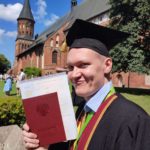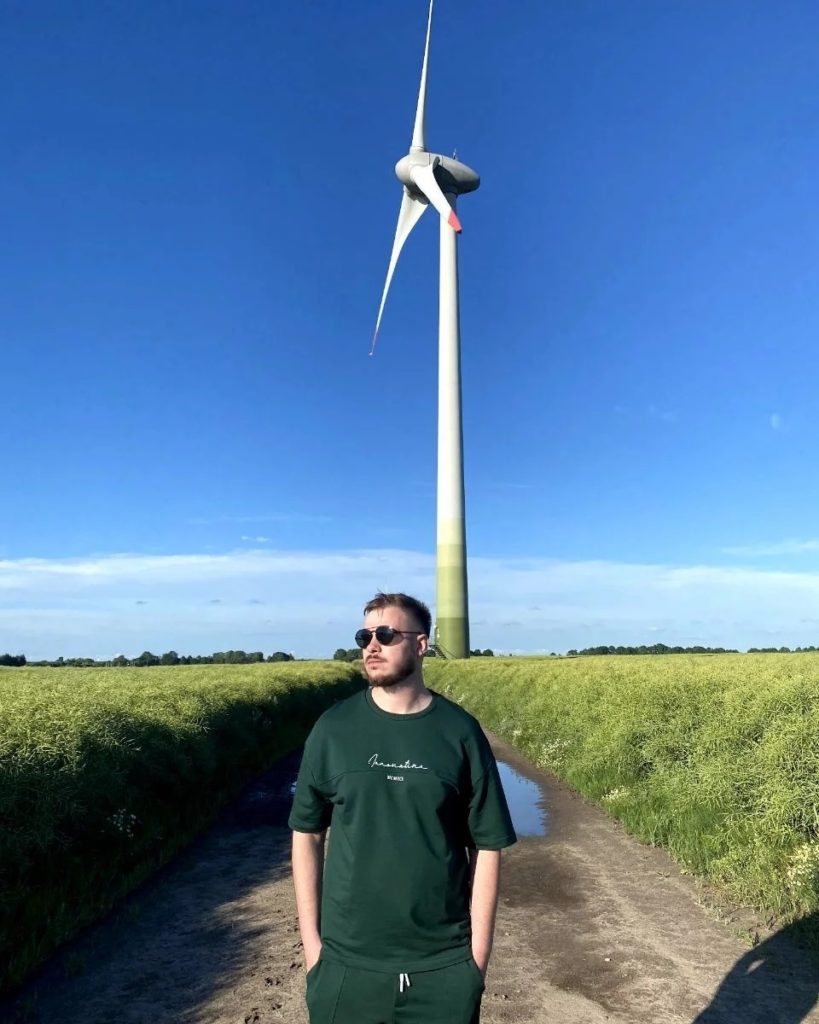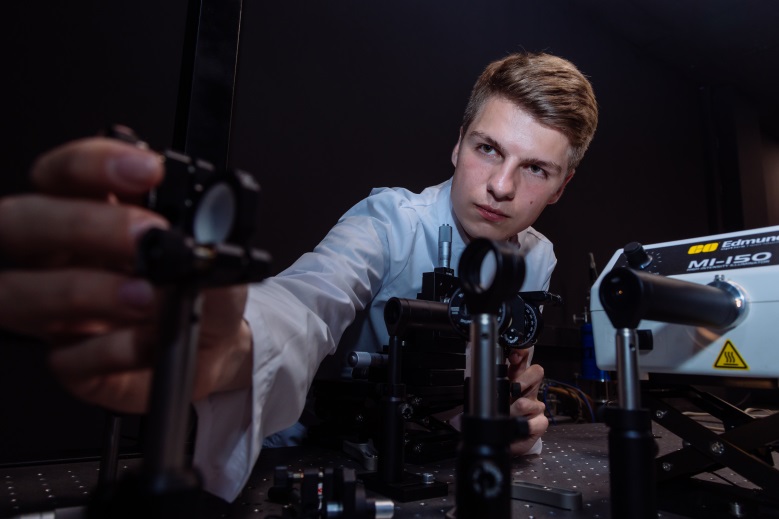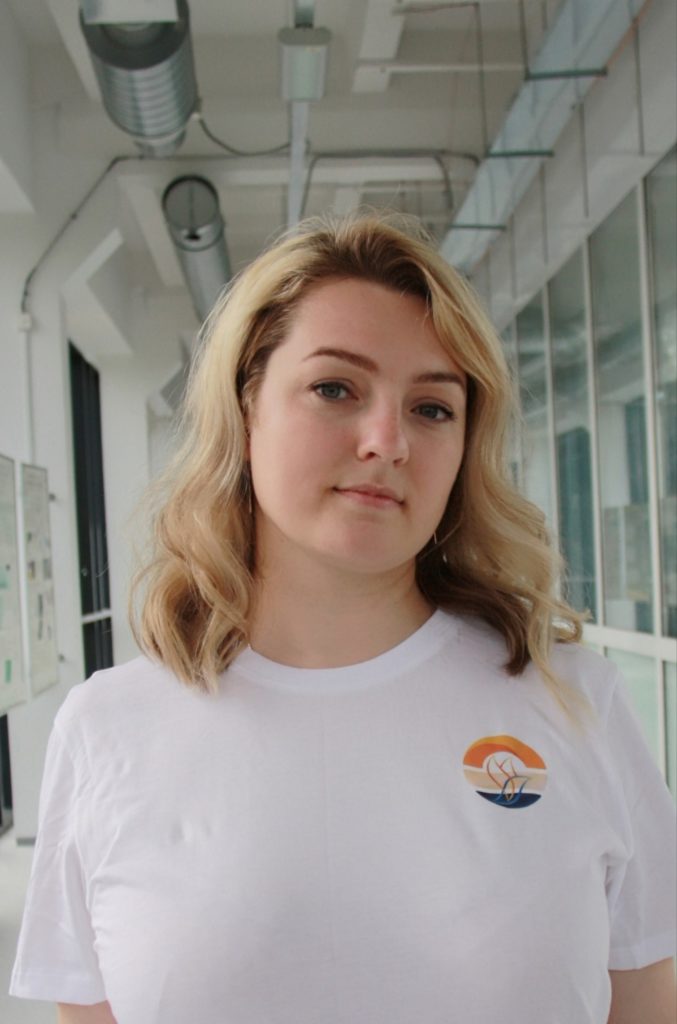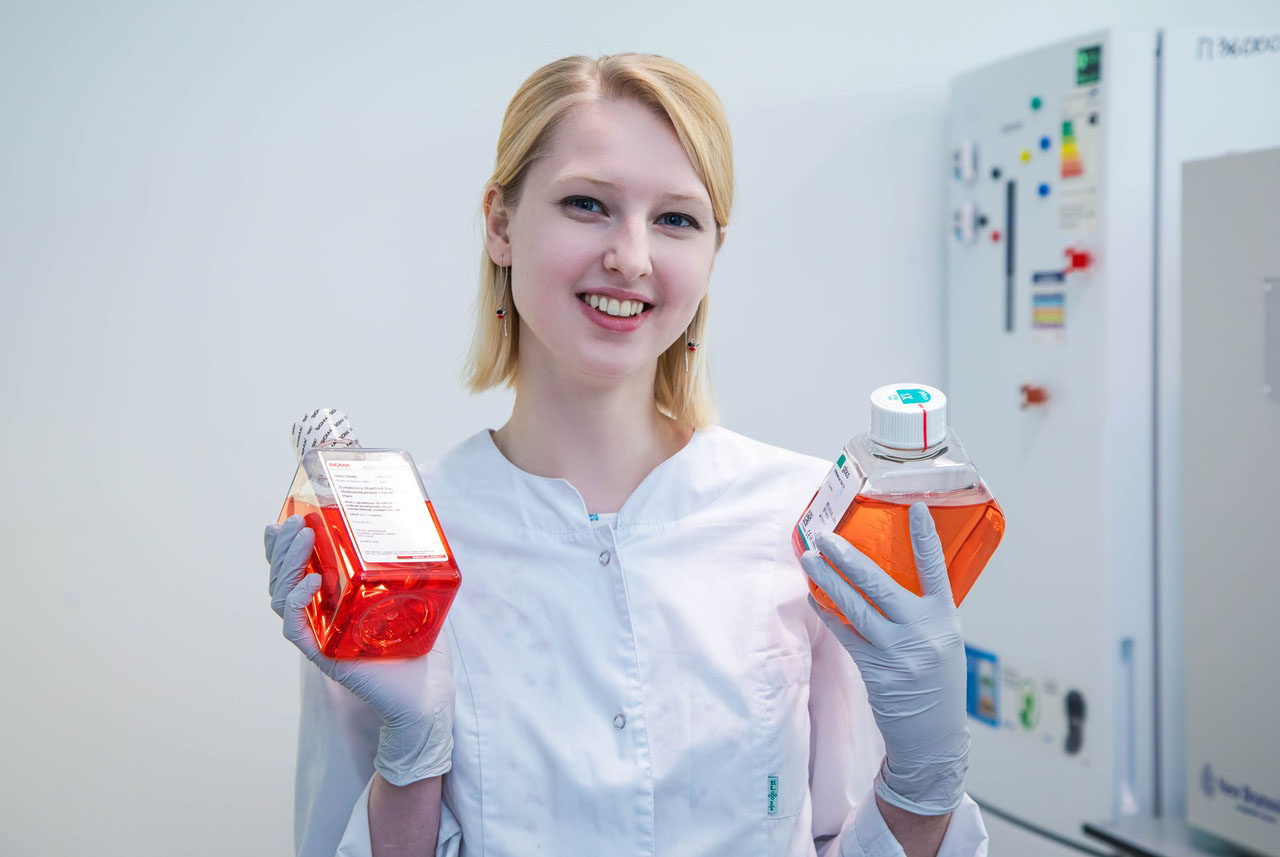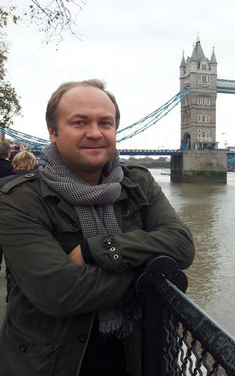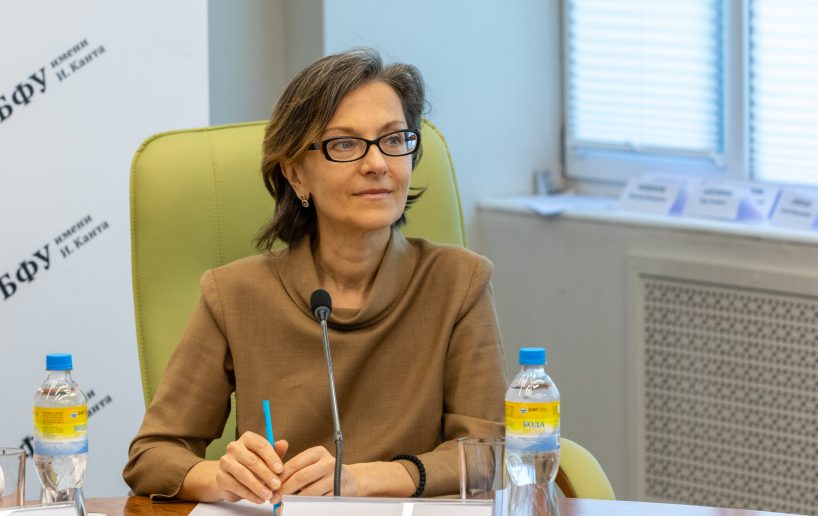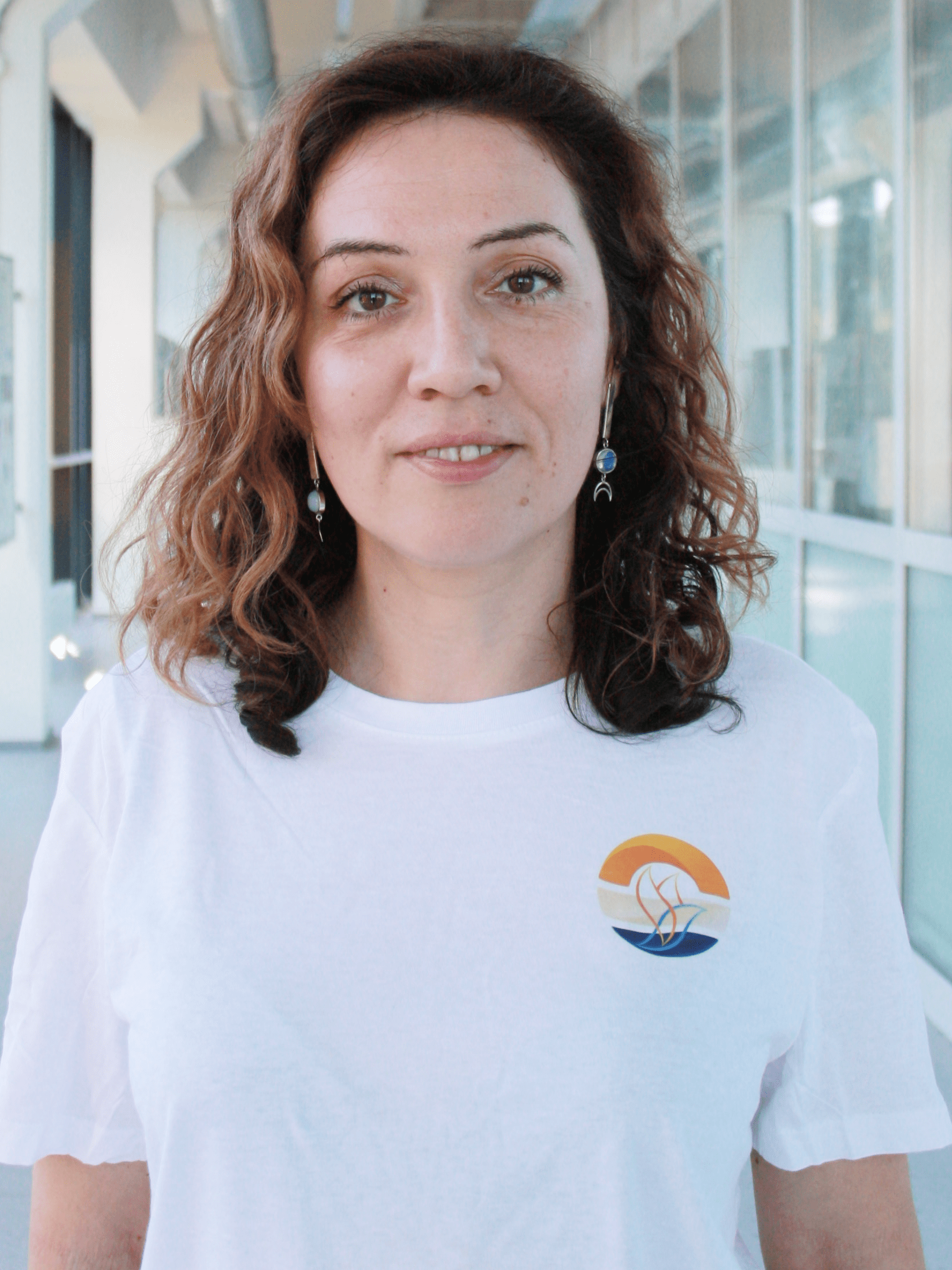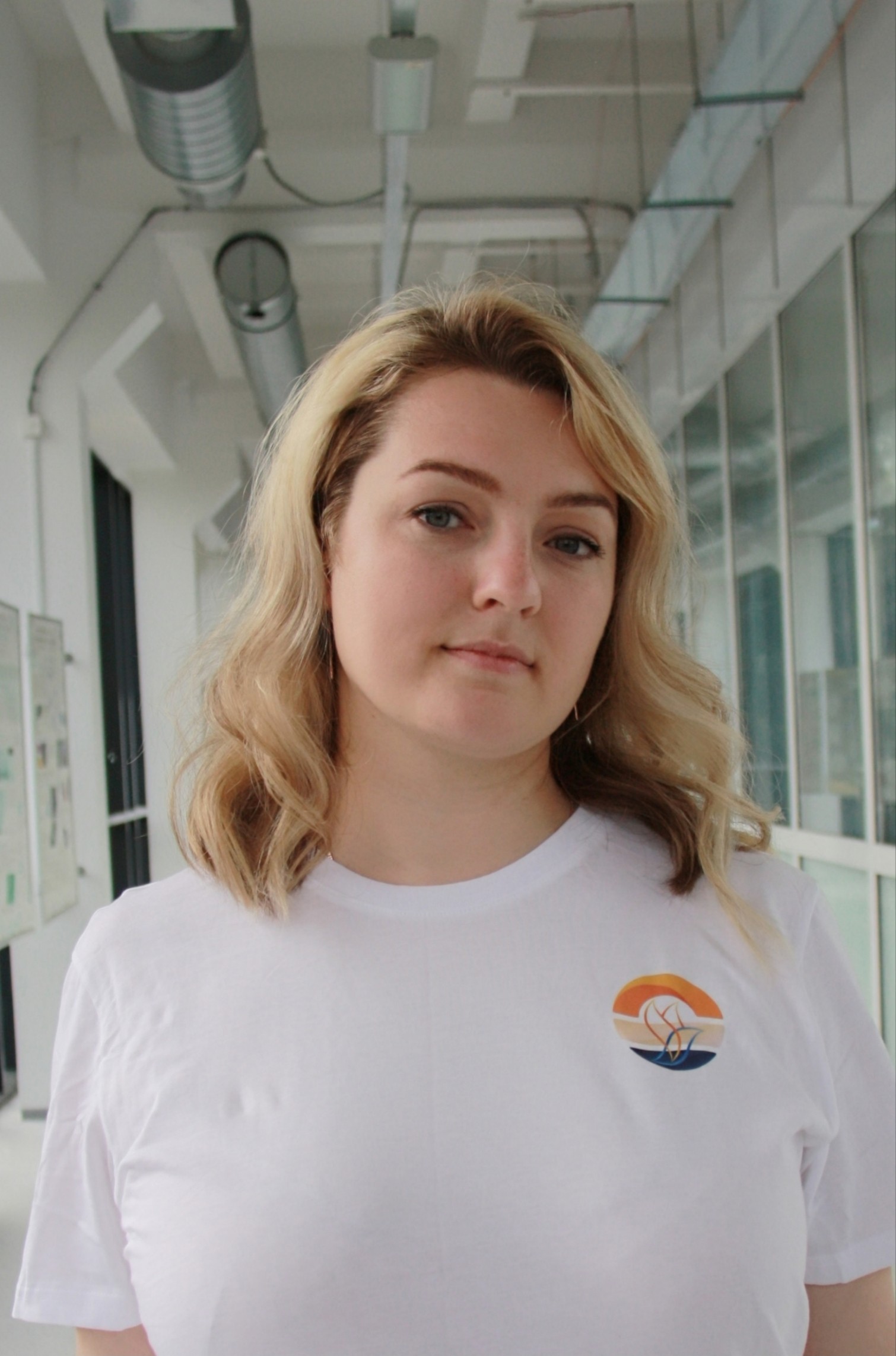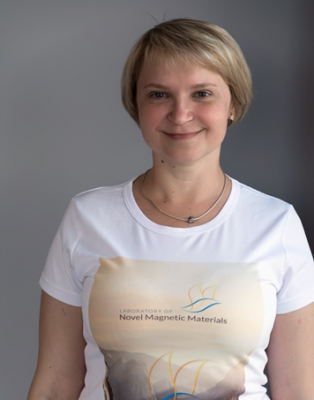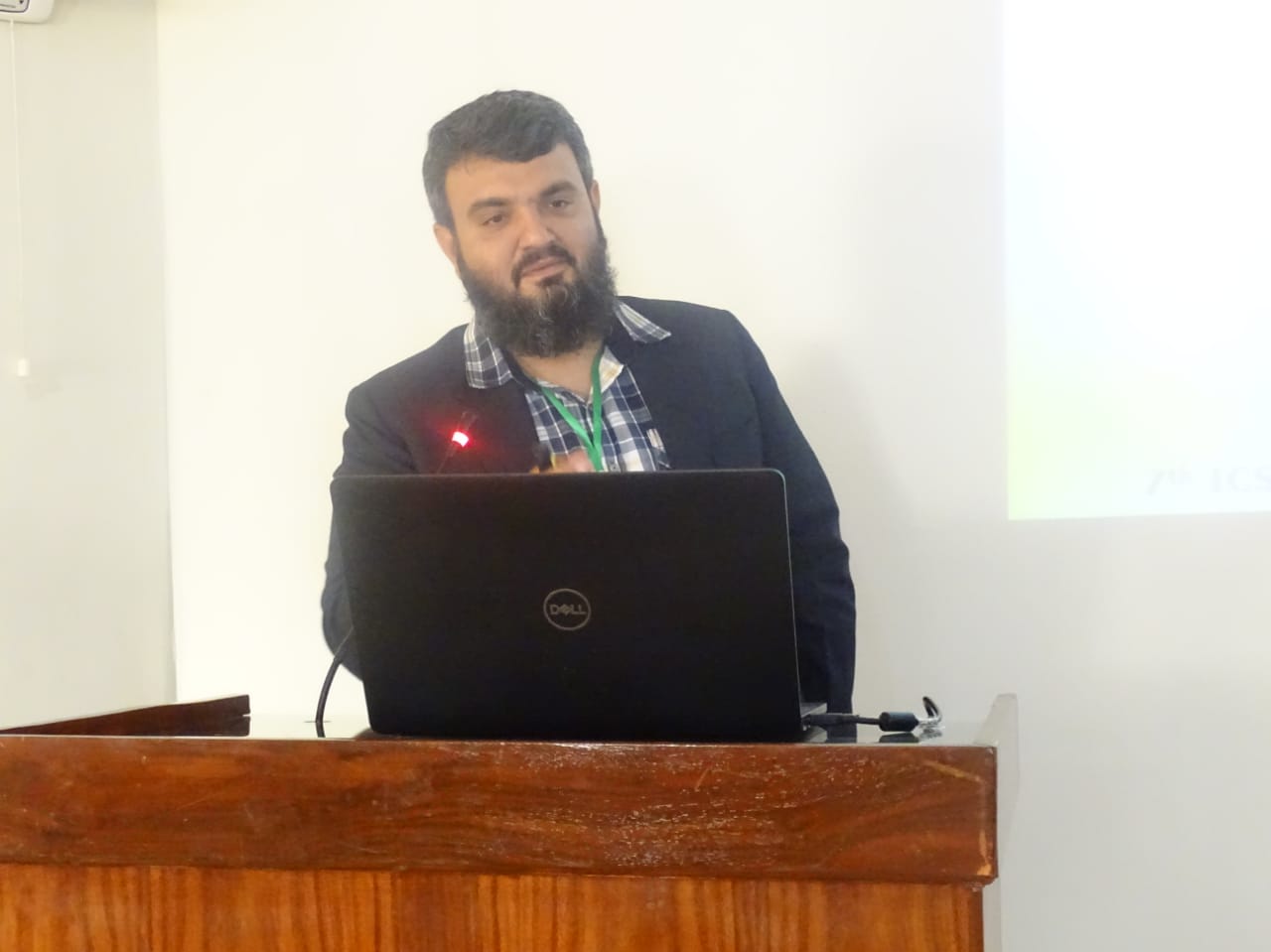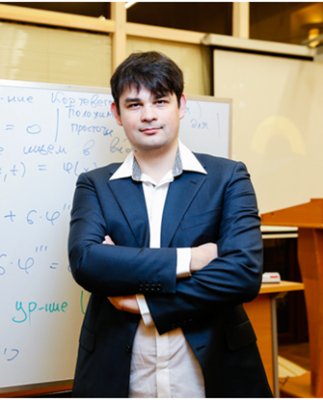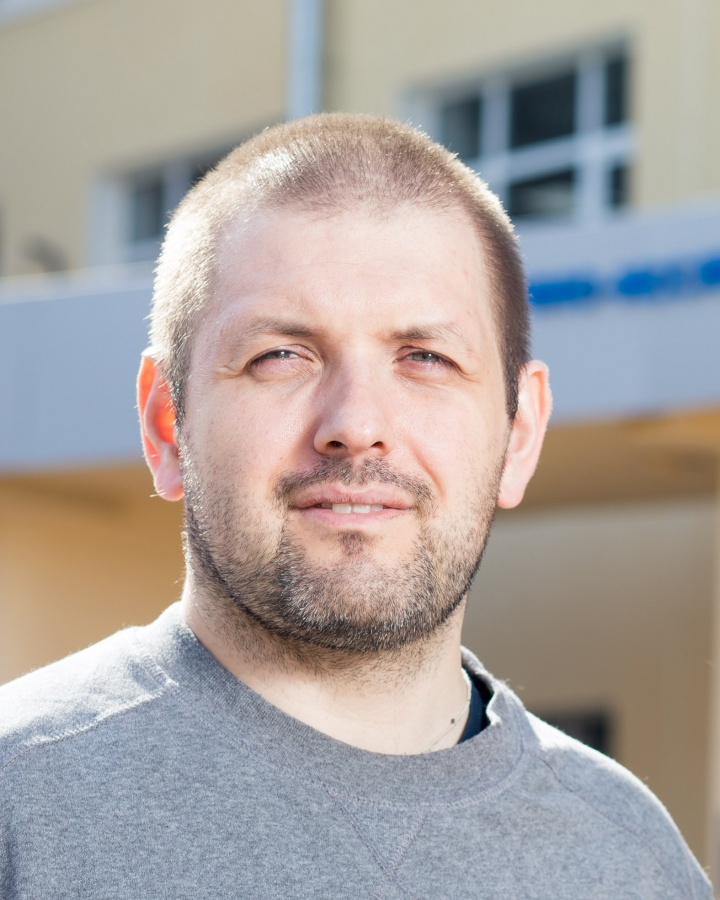
Date: October 12-16, 2016
Kaliningrad, Russia
Invited Talk:
Recently considerable attention has been paid to study of domain wall propagation in nanoand microwires because the ability to control this propagation can be used for creation of new type of memory and coding system. The understanding of the possibilities to manipulate the domain wall propagation and to achieve the highest velocities of domain wall propagation is very important for these applications. It was found the time and temperature of annealing have different effects on each of the two types of investigated microwires. Domain wall velocity enhances for one group of microwires and decreases for second group under increasing of the annealing time. Such distinction in domain wall dynamics were discussed in terms of stresses and defects presented in microwires.
We showed that domain wall velocity and the field range for single domain wall propagation can be considerably enhanced under certain annealing conditions for some samples (for example, for glass coated microwires with Co56,8Fe6,2Ni10B16Si11 metallic core). We have studied magnetic and structural properties of the composite microwires consisted of the metallic core and the outer glass shell. Nominal chemical composition of the core was Ni49.5Mn25.4Ga25.1, its diameter was 13.2 mkm, and the total diameter of the glass-covered microwires was 26.4 mkm. We have found out that at room temperature the core of the as-cast microwires was composed by two phases with tetragonal I4/mmm and cubic Fm3m crystal structures, but annealing rendered it single phase. Measurements of the magnetic properties have demonstrated substantial growth of the magnetic anisotropy with cooling, which we have attributed to the phase transition from the room-temperature austenitic to the low-temperature martensitic state. Magnetic easy axis was found to be perpendicular to the axis of the microwires at low temperatures. We believe that it is a result of the crystallographic texture induced in the martensite by high internal stress characteristic of the glass-covered magnetic microwires. Though rearrangement of the martensitic microstructure under external pressure was previously observed in the single crystal Ni2MnGa samples, in composite materials this effect is new and can be potentially useful for the applications.
V. Rodionova, K. Chichay, S. Shevyrtalov, A. Omelianchik, V. Belyaev, I. Baraban, K. Gritsenko
1) Laboratory of novel magnetic materials, STP “Fabrika”, Immanuel Kant Baltic Federal University, Kaliningrad, Russia
2) FunMagMa, Immanuel Kant Baltic Federal University, Kaliningrad, Russia
Correspondence to: rodionova@lnmm.ru
Immanuel Kant Baltic Federal University,
Gaidara 6, Kaliningrad, 236022, Russia
Poster Presentations:
[1] Nan C.-W., Bichurin M.I., Dong S., Viehland D., and Srinivasan G. Journal of Applied Physics. 2008. v. 103. № 031101.
[2] D.A. Burdin, et al. JMMM Vol. 358–359, (2014), pp. 98–104
I.Baraban1,2, F.Fedulov3, L.Fetisov3, K.Chichay1,2, V.Rodionova1,2
1) Laboratory of novel magnetic materials, STP “Fabrika”, Immanuel Kant Baltic Federal University, Kaliningrad, Russia
2) FunMagMa, Immanuel Kant Baltic Federal University, Kaliningrad, Russia
3) Moscow Technological University, 119454, Moscow, Russia
Correspondence to: machay@lnmm.ru
Immanuel Kant Baltic Federal University,
Gaidara 6, Kaliningrad, 236022, Russia
The investigation of magnetization dynamics in nano- and micro- objects is of a great interest due to its prospects in development of novel magnetic memory and logic devices [1-3]. Such devices can be implemented on the fast domain wall motion. The highest domain wall velocity, up to 8000 m/s, has been obtained in bistable glass coated amorphous ferromagnetic microwires [2-4]. Besides amorphous state the distinguishing feature of these microwires is the presence of internal stresses, which together with magnetostriction result in a significant effect on the magnetoelastic energy and thereby define the micromagnetic structure and reversal magnetization process.
In our work we considered separate and combined influence of the parameters determining the dynamics of the domain wall to provide for the first time the complex analysis and to find the ways to predict the remagnetization properties. We investigated series of Fe-, FeCo- and FeCoNi-based microwires with the ratio between the metallic nucleus diameter and the total diameter of microwires in glass shell ranging from 0.13 to 0.9, that vary considerably the value and distribution of internal stresses. The magnetic and magnetostrictive properties were investigated for all samples using induction and small angle rotation magnetization methods, respectively. The velocity of the domain wall was measured by Sixtus-Tonks technique. To estimate the micromagnetic structure and reversal magnetization features we investigated an angle dependence of the magnetic properties using vibrating sample magnetometer and field dependence of the perpendicular to the magnetic field component of the magnetic moment using vibrating sample anisometer. We established the correlation between value of internal stresses, axially magnetized core and velocity of the domain wall.
We showed that one of the effective ways to control the magnetic properties and the domain wall dynamics is an annealing. Annealing of Fe-based microwires result in increase the domain wall velocity up to 1.6 times. Annealing of Co68.7Fe4Ni1B13Si11Mo2.3 microwires, which in as-cast state had S-shape hysteresis loop, under applied stresses leads to dramatic changes of micromagnetic structure and magnetization reversal process – after annealing the microwires become bistable. The range of switching field is strongly depending on the annealing conditions, and hence, can be manipulated easily. This makes such microwires a promising candidate for the development on their base the novel devices.
[1] Katsuaki Sato, Eiji Saitoh, Spintronics for Next Generation Innovative Devices, John Wiley &Sons, Ltd., 2015.
[2] A. Zhukov, Novel Functional Magnetic Materials: Fundamentals and Applications, Springer, 2016
[3] M. Vazquez, Handbook of Magnetism and Advanced Magnetic Materials 4: Novel Materials. John Wiley &Sons, Ltd., 2007.–P.2192-2226.
[4] Varga R., Klein P., K. Richter, Zhukov A., Vazquez M., Fast domain wall dynamics in amorphous and nanocrystalline magnetic microwires, JMMM 324, 3566-3568, 2012
K. Chichay1, 2, V. Rodionova1, 2, V. Zhukova3,4, N. Perov5, A. Zhukov3, 4
1) Laboratory of novel magnetic materials, STP “Fabrika”, Immanuel Kant Baltic Federal University, Kaliningrad, Russia
2) FunMagMa, Immanuel Kant Baltic Federal University, Kaliningrad, Russia
3) Dpto. Fisica de Materiales, Fac. Quimicas, UPV/EHU, 20018 San Sebastian, Spain
4) IKERBASQUE, Basque Foundation for Science, 48011 Bilbao, Spain
5) Faculty of physics, Lomonosov Moscow State University, Moscow, Russia
Correspondence to: ks.chichay@gmail.com
Immanuel Kant Baltic Federal University,
Gaidara 6, Kaliningrad, Russia
[1] Mishra S. K., Radu F., Durr H. A. and Eberhardt W., 2009, PHYSICAL REVIEW LETTERS, 102, 177208
[2] Ledue D., Maitre A., Barbe F., Lechevallier L., 2014, Journal of Magnetism and Magnetic Materials 324
[3] Zhang T. and Dressel M., 2009, PHYSICAL REVIEW B80, 014435
Ch. Gritsenko1,2, I. Dzhun3, G. Babaytsev3, N. Chechenin3, V. Rodionova1,2
1) Laboratory of Novel Mgnetic Materials, STP “Fabrika”, Immanuel Kant Baltic Federal University, Kaliningrad, Russia, 236022
2) FunMagMa, Immanuel Kant Baltic Federal University, Kaliningrad, Russia, 236022
3) Skobeltsyn Institute of Nuclear Physics, Lomonosov Moscow State University, Moscow, Russia, 119991
Correspondence to: christina.byrka@gmail.com
Laboratory of Novel Magnetic Materials, STP “Fabrika”, IKBFU,
Gaidara, 6, Kaliningrad, Russia, 236022
[1] J. Estelrich et al. Int. J. Mol. Sci. 16 (2015) 8070
[2] D. Peddis et al. Nanomagnetism: Fundamentals and Applications Vol. 6. (2014) 138
[3] E. Illés, E. Tombácz, Journal of Colloid and Interface Science 295 (2006) 115–123
Alexander Omelyanchik1,2, Erzsébet Illés4, Sara Laureti3, Gaspare Varvaro3, Valeria Rodionova1,2, Ana Mrakovic4, Vladan Kusigerski4, Vojislav Spasojevic4, Sanja Vranjes-Djuric4, Nikola Knezevic4 and Davide Peddis3,4
1) Laboratory of novel magnetic materials, STP “Fabrika” Immanuel Kant Baltic Federal University, Kaliningrad, Russia
2) FunMagMa, Immanuel Kant Baltic Federal University, Kaliningrad, Russia
3) Istituto di Struttura della Materia– CNR, 00016 Monterotondo Stazione, Roma, Italy
4) Dept. of Theoretical and Condensed Matter Physics, Vinča Institute of Nuclear Sciences, Belgrade, 11001, Serbia
Correspondence to: 9azazel@gmail.com
Immanuel Kant Baltic Federal University,
Nevskogo 14a, Kaliningrad, 236004, Russia.
S. Shevyrtalov1,2, V. Khovaylo3,4, Eijiro Abe5, Hiroyuki Miki6, V. Rodionova1,2
1) Laboratory of novel magnetic materials, STP “Fabrika”, Immanuel Kant Baltic Federal University, Kaliningrad, Russia
2) FunMagMa, Immanuel Kant Baltic Federal University, Kaliningrad, Russia
3) National University of Science and Technology MISiS, Moscow, Russia
4) ITMO University, St. Petersburg, Russia
5) Graduate School of Engineering, Tohoku University, Sendai, Japan
6) Frontier Research Institute for Interdisciplinary Sciences (FRIS), Tohoku University, Sendai, Japan
Surface Plasmon Resonance (SPR) sensors are widely used for different applications [1] and the main task in this sphere is increasing of the sensitivity. One of the ways – is adding an additional type of modulation, for example, by magnetic field. Typical SPR sensors consists of noble metal/dielectric materials and appreciable modulation can be reached in magnetic fields up to several tesla. The other way is using magneto-optical (MO) effects. It is possible to combine both of these ways by using the magnetoplasmonic crystals (MPlCs) – multilayer structures fabricated of noble and ferromagnetic layers on substrate with certain spatial profile [2-3]. This way can demonstrate that it is possible both to enhance the MO activity of the system by surface plasmon excitation, and to modulate the surface plasmon properties by application the external magnetic field [4]. Possibility of fabrication of AC and DC magnetic fields sensor based on MPlCs and the way of tuning sensitivity and working fields range are demonstrated.
[1] Grunin A., Zhdanov. A., Fedyanin A., Appl. Phys. Lett. 97, 261908, (2010)
[2] Belotelov V., Akimov. I, Bayer M., Nat. Nanotechnol 6, 370, (2011)
[3] Belyaev V., Grunin A., Fedyanin A., Rodionova V, SSP, Vols 233-234, pp. 599-602, (2015)
V.K. Belyaev1,2, A.A. Grunin3, A.A. Fedyanin3, V.V. Rodionova1,2
1) Laboratory of novel magnetic materials, STP “Fabrika” Immanuel Kant Baltic Federal University, Kaliningrad, Russia
2) FunMagMa, Immanuel Kant Baltic Federal University, Kaliningrad, Russia
3) Lomonosov Moscow State University, Moscow, Russia
Correspondence to: belyaev@lnmm.ru
Immanuel Kant Baltic Federal University,
Gaidara 6, Kaliningrad, 236022, Russia
The International Joint School
“Smart Nanomaterials and X-ray Optics 2016: Modeling, Synthesis and Diagnostics” (IWSN `2016)

